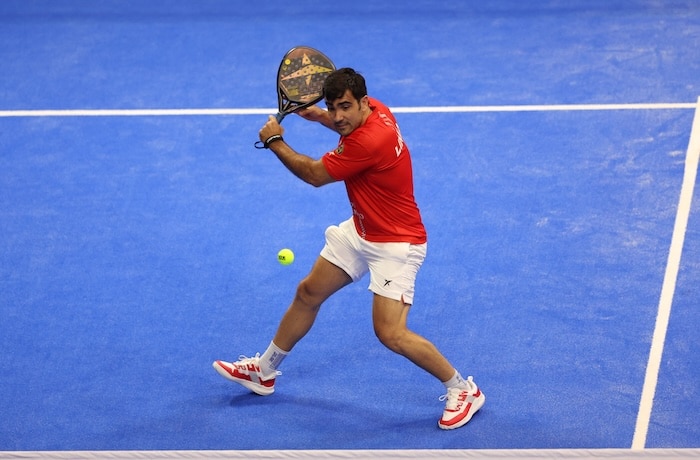Certain South African sports sadly remain reserved for the privileged few, writes Nick Said.
There is no doubt that Padel took South Africa’s middle- and upper-class suburbs by storm in the last few years, but the game is now facing an all too familiar, and predictable, jolt in its development in the country, held back by its own hubris.
Padel is a mix of tennis and squash and has had a global explosion in the last decade or so.
It is easier to play than those two sports, more social and quite a good watch. It first came to South Africa around 2020 and, perhaps not surprisingly, the first courts were at the exclusive Val de Vie estate in Paarl.
Soon the craze caught on and there were courts popping up all over South African cities, with a reported 600 at 206 clubs to date. There are plans for plenty more too.
But beware where you put your investment Rands, because this trend is also beginning to taper off and the sport will have real issues expanding beyond its estimated 100 000 players in the country.
A few years ago, figures suggest courts in the country were operating at around 70% occupancy and delivering very good returns for those who invested in them.
But that has since dropped to around 30%–50%, depending where they are situated.
Yes, there are more of them, but that is a lot of downtime for the courts as the sport struggles to get mainstream pick-up from players in the country.
But is there any real surprise when an hour on the court costs upwards of R400, some as high as R750?
For a small minority, that is an acceptable amount of money, especially when you split it between the four players on the court.
But for others, and a good chunk of the country’s population, it is a fortune for an hours’ entertainment.
It is a sport that has yet to find a way to go ‘mass market’ and that means only a small percentage of the country will ever be able to afford to play.
And of those who can afford it, the number is likely quite small that actually will take the sport up.
At the moment we are sitting at around 0.17% of the total population (best case scenario), and it is hard to see how it significantly rises above that.
It is a shame because it is a fun sport that is quite easy to play and which would no doubt appeal to a broad range of South Africans given the opportunity.
And therein lies the rub. Opportunity.
At the moment it is another sport that is out of reach to the vast majority of South Africans, who are priced out of playing it.
You can pay an annual membership of R2 500 to Padel Africa that will give you access to many courts at ‘only’ R300–R565 per hour.
Oh, and five free racket rentals. Nowhere have I seen any attempt to take the sport to disadvantaged areas, or try and grow it outside of South Africa’s top 5% of earners.
And for that reason there is little chance it will grow much in the future.
But I guess the thinking is, if your potential client base in less advantaged areas cannot afford to play, why bother teaching them the game? A lesson that has not been learnt from tennis.





